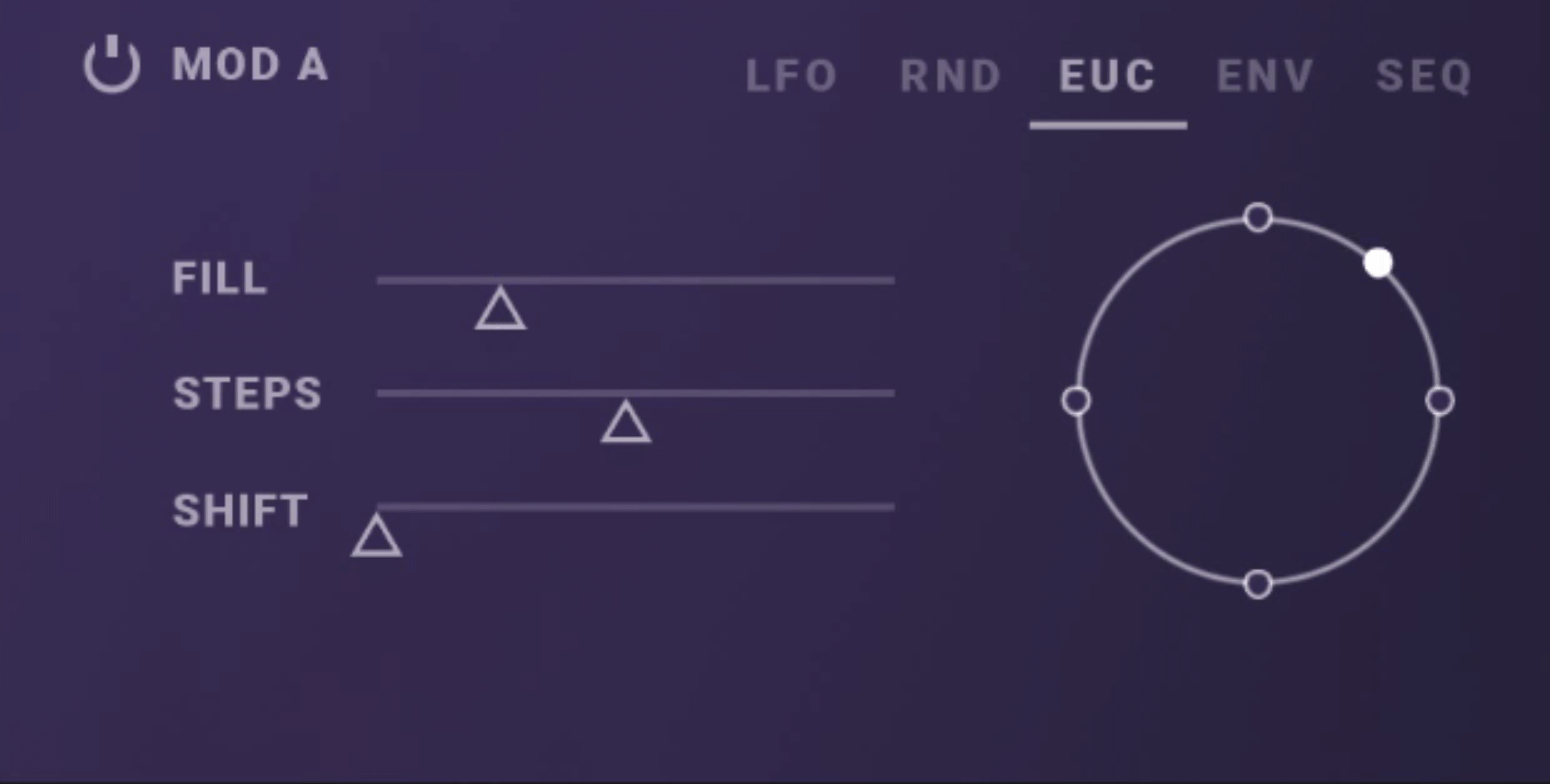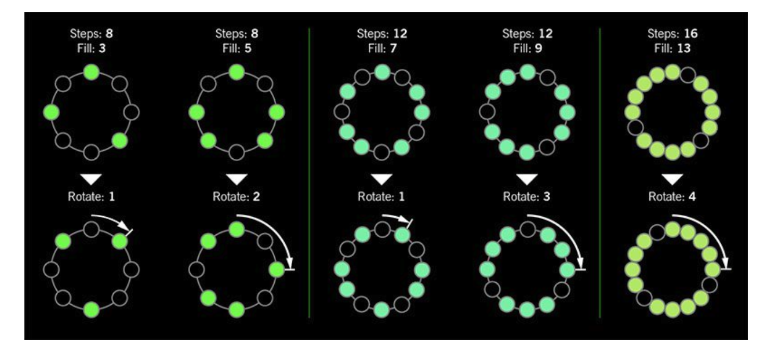Unleashing Rhythmic Complexity: The Magic of Euclidean Rhythms in Music Production
In the vast landscape of music production, the quest for innovative rhythms and patterns is never-ending. Among the treasures discovered by producers is a mathematical gem known as Euclidean rhythms. This concept, which originates from an algorithm designed to distribute points as evenly as possible around a circle, has found its way into the heart of rhythm creation, offering a fresh perspective on how we understand and create beats. In this blog post, we'll explore the essence of Euclidean rhythms, their historical background, and practical tips on how producers can incorporate them into their music to unleash new dimensions of rhythmic complexity and innovation.
What Are Euclidean Rhythms?
Euclidean rhythms stand at the intersection of mathematics and music, providing a method to distribute beats and silences evenly in a musical bar. The algorithm, initially conceived for an entirely different purpose, was popularized in the music world by Godfried Toussaint in his 2005 paper, "The Euclidean Algorithm Generates Traditional Musical Rhythms." The core idea is simple yet profound: by evenly spacing a given number of beats across a loop, one can create compelling rhythmic patterns that are both ancient and universally appealing.
A Glimpse into the Past
The beauty of Euclidean rhythms lies in their historical and cultural ubiquity. These patterns are not a modern invention but have been a part of human musical expression across different cultures and epochs. From the intricate rhythms of African percussion music to the complex cycles of Indian classical music, what the Euclidean algorithm reveals is a common mathematical foundation underlying these diverse rhythmic traditions. This universal aspect makes Euclidean rhythms a fascinating tool for modern producers looking to tap into the primal roots of musical rhythm.
How Producers Can Use Euclidean Rhythms
Experimentation and Creativity
Producers can use Euclidean rhythms as a springboard for experimentation. By inputting different values into the Euclidean algorithm (i.e., the number of beats and the length of the loop), one can generate a vast array of rhythmic patterns. These patterns can serve as the backbone for beats, offering a unique alternative to the standard rhythms found in most music production software.
Textural Complexity
Euclidean rhythms can add a layer of textural complexity to music. By overlaying multiple Euclidean rhythms of varying lengths and beat counts, producers can create rich, polyrhythmic textures that give depth and intrigue to their tracks. This technique is particularly effective in genres like electronic, ambient, and world music, where rhythm plays a pivotal role in shaping the sonic landscape.
Bridging Musical Worlds
Incorporating Euclidean rhythms into music production is a way to bridge the gap between different musical cultures and epochs. By employing rhythms that resonate across various traditions, producers can create music that feels both ancient and futuristic, tapping into a universal rhythmic language that transcends geographical and temporal boundaries.
Practical Application in DAWs
Many digital audio workstations (DAWs) and drum machines now offer tools or plugins specifically designed to generate and manipulate Euclidean rhythms. Producers can use these tools to easily apply Euclidean patterns to their percussion tracks, experiment with different textures, and blend them with traditional rhythm patterns to create something truly unique.
Conclusion
Euclidean rhythms offer a window into the mathematical beauty of musical rhythm, providing producers with a powerful tool for experimentation and innovation. By embracing these patterns, producers can explore new rhythmic possibilities, enrich their musical vocabulary, and connect with the universal language of rhythm that echoes through the ages. Whether you're looking to add complexity to your beats, explore new textures, or simply experiment with the boundless possibilities of rhythm, Euclidean rhythms offer a path to fresh and exciting musical landscapes.





